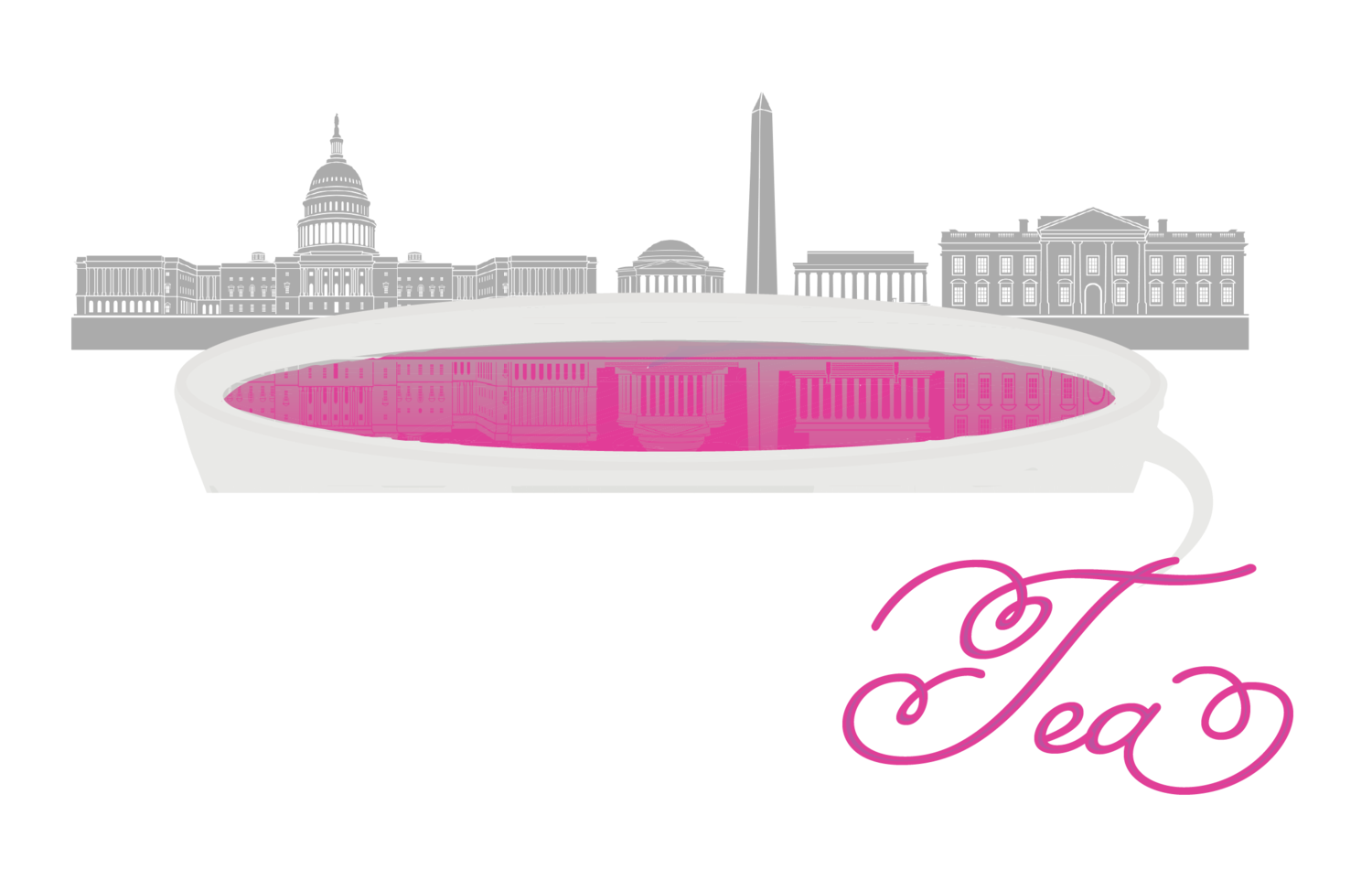Everything You'll Need to Know About the Solar Eclipse of 2017
By Kala Fogg
This year's solar eclipse has been advertised on a much larger scale compared to those experienced in the past, due to social media's heavy influence. Not only has there been commercials on how to make eclipse glasses from the comfort of your home, but there are also snapchat filters and memes encouraging this rare celestial viewing. With all the excitement and curiosity the solar eclipse brings, here are a few things you should know before throwing that viewing party:
Via Exploratorium.edu
- So...what exactly is a Solar Eclipse?
- A solar eclipse occurs when the moon passes through between the earth and the sun, either partially or fully blocking most of the sun and the sun's light.
- The opposite of a lunar eclipse, which occurs when the moon is behind both the sun and the earth. So as we see the eclipse today we are actually viewing the moons shadow that is being casted on the planet.
- There are 3 kinds of Solar eclipses that can appear, partial, annular or total.
Via Timeanddate.com
- What will I get to experience?
- Solar eclipses start off as partial eclipses, so you may notice crescent shadows, or your own shadow appearing sharper than normal on surfaces.
- The landscape around you may darken to a grayish- blue, and the temperature will decrease.
- If you live in the West the shadow tends to travel like a silent storm, gradually making the landscape darker
Via Reddit.com
- When will I be able to see it ?
- Between 10am and 3pm. This year's solar eclipse is traveling from coast to coast in the U.S., specifically from Oregon to South Carolina starting after 10am and ending before 3pm. The last time the moon's shadow traveled this path directly across the U.S. was in 1918.
- Experiencing a solar eclipse in totality is on everyone's bucket list because it is the rarest form of a solar eclipse, and it's the only time you can view the moon and the sun without wearing protective eyewear. A total solar eclipse means the moon is fully covering the sun, only allowing the sun's corona (pinkish rays on the outer layer of the sun) to be seen through the edges of the moon's circular shape.
- Total solar eclipses only last a few minutes, and appear in certain states during certain hours of the day. Following a schedule similar to what shadow chasers do, can allow you to view the eclipse in totality and on time.
Via. Nasa.gov
- How can I see it?.
- Directly through eclipse glasses, that are available for purchase. (For those eager to view the eclipse, you should never look directly at the sun without protecting your eyes unless you are witnessing totality.)
- Through a filtered device to indirectly view the eclipse projected onto a screen
Via eclipse2017.org
- Where can I see it?
- North America, Parts of South America, Africa, and Europe
- Those in Oregon, Idaho, Wyoming, Montana, Nebraska, Iowa, Kansas, Missouri, Illinois, Kentucky, Tennessee, Georgia, and North and South Carolina, will not only see the eclipse, however they will see the eclipse in totality
- On NASA TV, NASA will be live streaming the eclipse at 12pm EDT, on Monday, August 21st. https://www.nasa.gov/multimedia/nasatv/#public
Since the first landing on the moon, we've been able to prove that the earth is moving away from us at about 3 centimeters a year, which means it'll be way harder to experience a total solar eclipse years from now. So gather some friends and enjoy the eclipse while it's still visible !








